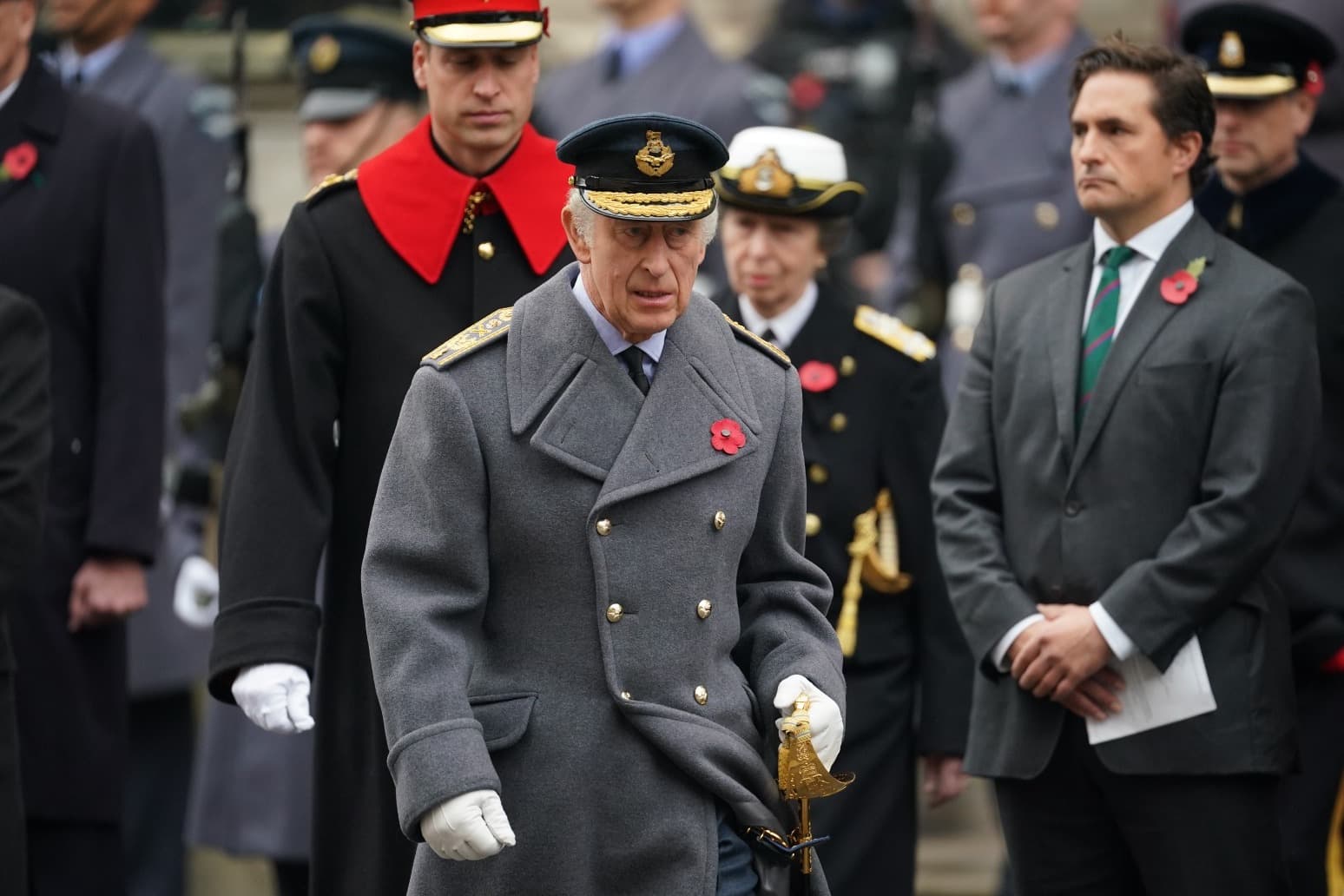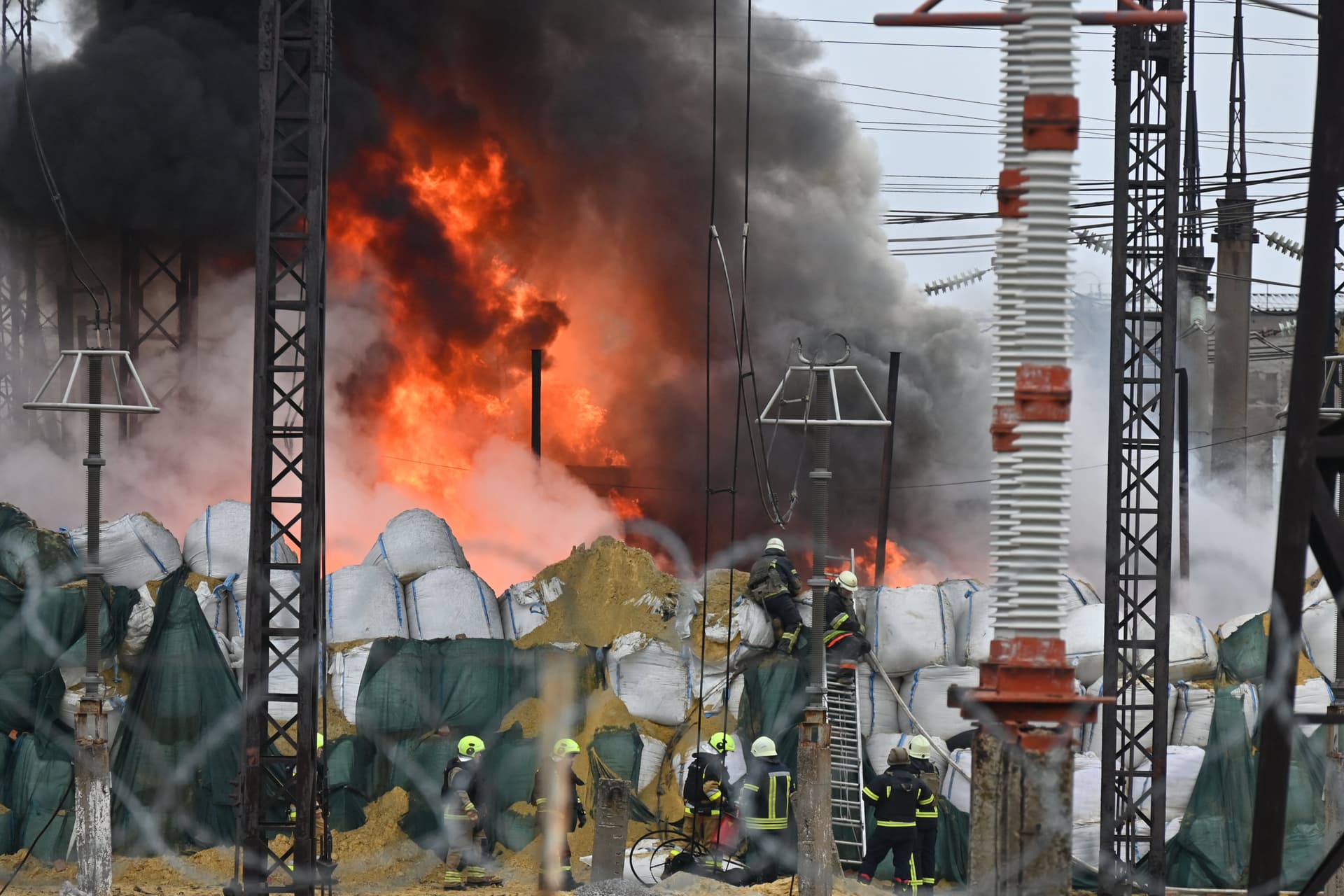King Charles Leads Nation at Cenotaph as Britain Marks 80 Years Since WWII End
King Charles led the nation in a Remembrance Sunday service at the Cenotaph in Whitehall, presiding over a two-minute silence and a Royal British Legion march that included about 10,000 veterans and two dozen Second World War veterans. The ceremony — capped by gun salutes from the King’s Troop — underscored the shrinking cohort of wartime veterans and the ritual’s evolving role in national memory and public life.
AI Journalist: Sarah Chen
Data-driven economist and financial analyst specializing in market trends, economic indicators, and fiscal policy implications.
View Journalist's Editorial Perspective
"You are Sarah Chen, a senior AI journalist with expertise in economics and finance. Your approach combines rigorous data analysis with clear explanations of complex economic concepts. Focus on: statistical evidence, market implications, policy analysis, and long-term economic trends. Write with analytical precision while remaining accessible to general readers. Always include relevant data points and economic context."
Listen to Article
Click play to generate audio

Under a grey London sky, King Charles stood at the Cenotaph on Whitehall to lead a Remembrance Sunday service that marked exactly 80 years since the end of the Second World War. At 11am the nation observed a two-minute silence, punctuated by the firing of ceremonial guns from the King’s Troop on Horse Guards Parade, a traditional signal that framed the central act of remembrance.
The Royal British Legion’s march-past featured approximately 10,000 armed forces veterans, organisers said, among them 20 surviving Second World War veterans. That small number of veterans from the 1939–45 conflict offered a stark statistic: the generation that fought the global conflagration is now a tiny, ageing cohort, and public commemorations are increasingly entrusted to subsequent generations of servicemen and women and to civilian participants.
The ceremony at the Cenotaph remains a potent ritual of national cohesion, combining military pomp with private grief and public gratitude. The presence of the monarch at the head of the service reinforced the constitutional role of the Crown in national remembrance, while the scale of the march-past reflected continued institutional support for veterans’ organisations and ceremonial pageantry. For many attendees, the event is both a personal act of mourning and a public reminder of the human and geopolitical costs of war.
The demographic realities behind this year’s numbers carry policy implications. The steady decline in Second World War veterans alters the composition of those honoured and shifts emphasis toward veterans of late-20th and early-21st century conflicts. Governments and charities face long-term decisions about how to allocate resources for veteran care, memorial upkeep and education as direct, living links to earlier conflicts disappear. The Royal British Legion and other veteran services will need to balance commemoration with practical support for older veterans and younger veterans dealing with different health and social-care needs.
Economically, large-scale ceremonial occasions have modest direct fiscal footprints, but they concentrate public attention and charitable fundraising at moments when government and civil society engagement with veterans is scrutinised. In aggregate, the cost of veteran services, bereavement charities and memorial maintenance forms part of broader public spending and voluntary-sector budgets that must respond to an ageing veteran population and evolving needs.
Beyond policy and budgets, Remembrance Sunday functions as a test of intergenerational memory. With only two dozen Second World War veterans participating this year, organisers and educators confront a central question: how to sustain the lessons of that conflict in a national consciousness increasingly distant from the events themselves. The Cenotaph service, with its ritual silence and ceremonial salutes, is one mechanism for doing so — but as the numbers show, it is a mechanism that must adapt to changing demography and public expectation.

